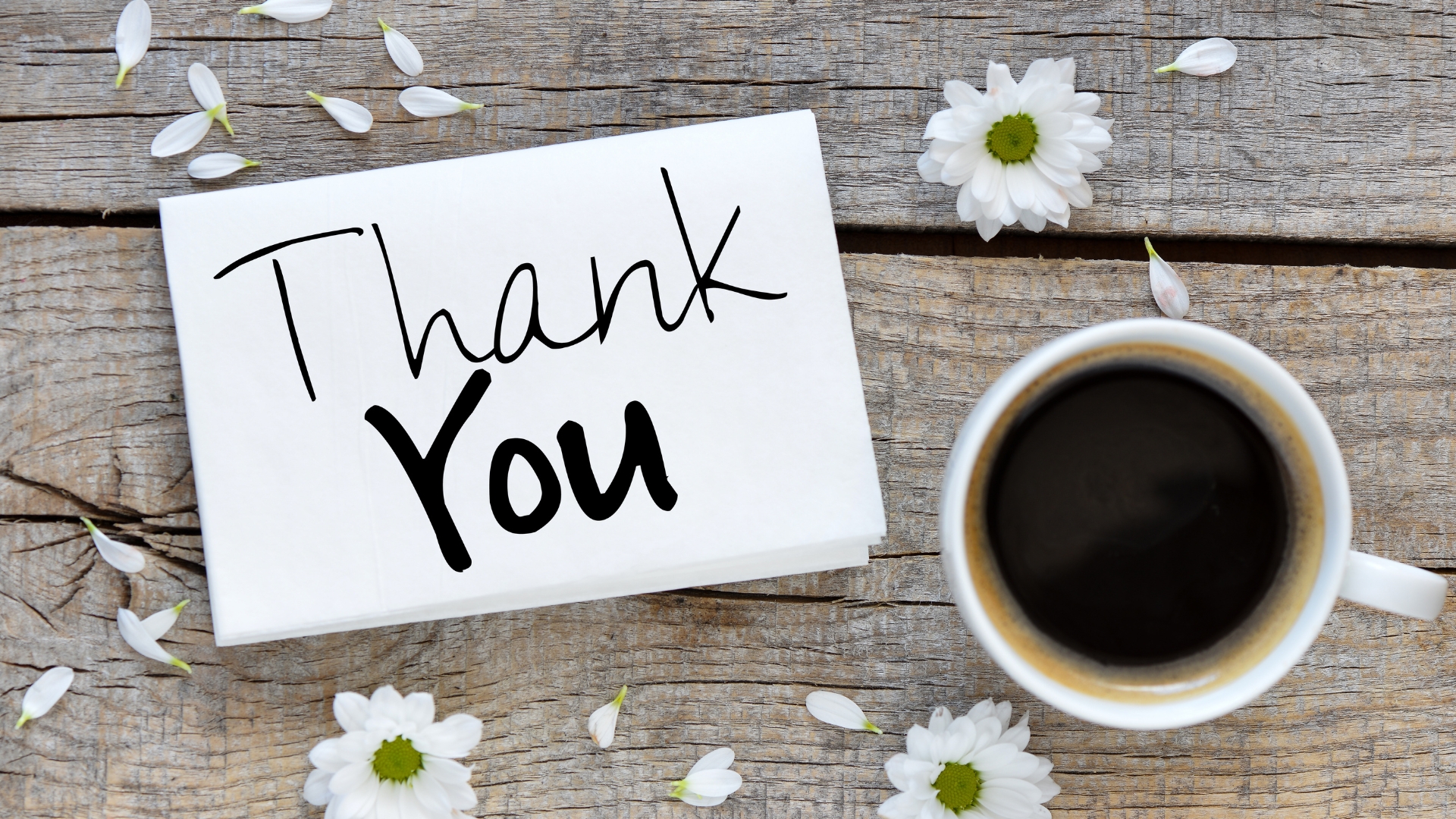The Hawaiian word “mahalo” is a term of gratitude. First, it simply means “thank you.” You can use it to show appreciation in daily life. Also, the word carries a much deeper cultural meaning. It expresses profound respect for people and the land, known as ‘āina. This concept is a core part of the aloha spirit and Hawaiian values.
Research shows the word “mahalo” is vital to Hawaiian society. In studies, expressing gratitude has been found to build strong community bonds. It also encourages a system of reciprocity and humility among people. Next, scholars connect the term to a deep responsibility of care for the land, or ‘āina. Finally, analysis of visitor behavior notes a common misunderstanding. Tourists often incorrectly believe “mahalo” means trash because of signs on public waste bins encouraging them not to litter.
So, how can you truly embrace this beautiful word? Now, you can practice saying “mahalo” with correct pronunciation and a sincere feeling. Next, use it to show respect for the people and the land. You can support local businesses. You can also care for the natural environment. These actions give your gratitude real meaning and honor the spirit of the islands.
The Literal Meaning of Mahalo
At its core, “mahalo” means “thank you.” You use it to show gratitude. It is a common word of appreciation. If someone helps you, you can say “mahalo.” It is a polite and respectful response. This simple definition is what most visitors learn first. It works well in everyday situations. Using it shows you respect local customs.
The word is more than just a simple ‘thank you.’ It also means admiration, praise, and esteem. It carries a sense of respect. When you say “mahalo,” you acknowledge the goodness in an action. It is a recognition of a shared moment of kindness. This makes the word powerful.

Deeper Cultural Context
The true mahalo meaning connects to Hawaiian values. The culture emphasizes gratitude and respect for others. It also values respect for the land, or ‘āina. Mahalo is not just a word. It is a way of life. It reflects a deep appreciation for everything. This includes people, nature, and the divine.
In traditional Hawaiian thought, gratitude is essential. It builds strong communities. It fosters positive relationships. Expressing mahalo is part of this. It shows you are humble. It shows you recognize your connection to others. This concept is central to the aloha spirit. Gratitude and love are intertwined.
Origins and Etymology
The word “mahalo” has ancient roots. It comes from the Proto-Polynesian word “masalo.” This older word had a similar meaning related to thanks and admiration. The Hawaiian language evolved from these early Polynesian languages. Words changed over time. “Masalo” became “mahalo.”
Let’s break down the word itself. “Ma” is a prefix. It means “in” or “within.” “Halo” means “the breath of life” or “divine breath.” So, “mahalo” can be interpreted as “in the divine breath.” This beautiful meaning suggests you are sending gratitude from your very soul. You are acknowledging the life force in another person. It is a profound expression.
Common Phrases and Examples
You will hear “mahalo” used in many ways in Hawaii. Learning a few phrases helps you communicate better. It shows you are making an effort to understand the culture.
Here are some common examples:
- Mahalo: Thank you. This is the simplest form. You can use it in almost any situation. A server brings your food. A stranger gives you directions. You say, “maalo.”
- Mahalo nui: Thank you very much. “Nui” means “big” or “large.” Adding it makes your gratitude stronger.
- Mahalo nui loa: Thank you so very much. “Loa” means “very” or “a lot.” This is the highest level of thanks. You use it for significant acts of kindness.
People also use “mahalo” in writing. You might see signs that say, “Mahalo for not smoking.” You might get a receipt with “Mahalo for your business” printed on it. These are common and polite uses of the word.
A Guide to Mahalo Pronunciation
Saying “mahalo” correctly shows respect. The pronunciation is not difficult. You can master it with a little practice.
Let’s break it down syllable by syllable:
- Ma: Pronounced like “mah.” The ‘a’ sound is like the ‘a’ in “father.”
- ha: Pronounced like “hah.” It has the same ‘a’ sound.
- lo: Pronounced like “loh.” The ‘o’ sound is like the ‘o’ in “go.”
- Put it all together: mah-hah-loh.
Each syllable gets equal stress. Avoid rushing the word. Say it clearly and calmly. Hawaiians appreciate it when visitors try to speak the language correctly. A well-pronounced “mahalo” will be met with a warm smile.
Etiquette: The Do’s and Don’ts
Using “mahalo” correctly involves some cultural etiquette. Following these simple rules will help you show genuine respect.
Do:
- Do say it often. Use it whenever you feel grateful.
- Do make eye contact. This shows sincerity.
- Do smile when you say it. A warm expression adds to the meaning.
- Do try to pronounce it correctly. Effort is always appreciated.
- Do use it with everyone. Show gratitude to service staff, guides, and locals you meet.
Don’t:
- Don’t mumble the word. Say it with confidence and clarity.
- Don’t confuse it with “aloha.” “Aloha” has many meanings, including hello and goodbye. “Mahalo” is for thanks.
- Don’t mistake “mahalo” for “trash.” Some public trash cans are labeled “mahalo.” This is a polite way of saying “Thank you for not littering.” The can itself is not called a mahalo.
Modern Use and Common Misuses
Today, “mahalo” is a vital part of daily life in Hawaii. It is used by everyone, not just native Hawaiians. You will hear it in stores, on the news, and between friends. The word’s meaning remains strong. It continues to be a symbol of gratitude and respect. The most common misuse comes from the trash can confusion. Visitors sometimes see the word on a bin and think “mahalo” means “trash.” This is incorrect. The sign is an encouragement to keep the islands clean. It is a gentle reminder to dispose of your waste properly. Locals find this mistake a bit funny. But they also understand how it happens.
Another small issue is overuse without sincerity. Saying “mahalo” should be genuine. Say it because you feel it. A heartfelt “thank you” is always better than a robotic “mahalo.”
Tips for Visitors to Hawaii
When you visit the beautiful Hawaiian islands, embracing the local culture enriches your experience. Showing Hawaiian gratitude is a big part of that. First, learn the basics. Practice saying “aloha” and “mahalo.” Use them in your daily interactions. It is a small gesture that goes a long way. Next, remember that mahalo is more than a word. It is an attitude. Be a grateful visitor. Appreciate the natural beauty. Respect the local communities.
Also, support local businesses. When you buy from a local artist or eat at a family-owned restaurant, a sincere “mahalo nui loa” is very meaningful. Finally, leave the islands better than you found them. Pick up your trash. Do not disturb wildlife. Respect sacred sites. This is the ultimate way to show mahalo for the land and its people.
Conclusion
The word “mahalo” opens a window into the Hawaiian soul. It starts as a simple “thank you.” It then unfolds into a concept of deep, spiritual gratitude. Also, it is a thankfulness for life, for connection, and for the world around us. To say “mahalo” is to participate in a culture of respect. It is an acknowledgment that we are all connected by a shared life force. The next time you say it, feel its weight. You are not just speaking a word. You are sharing a piece of the aloha spirit. It is a gratitude that breathes.

